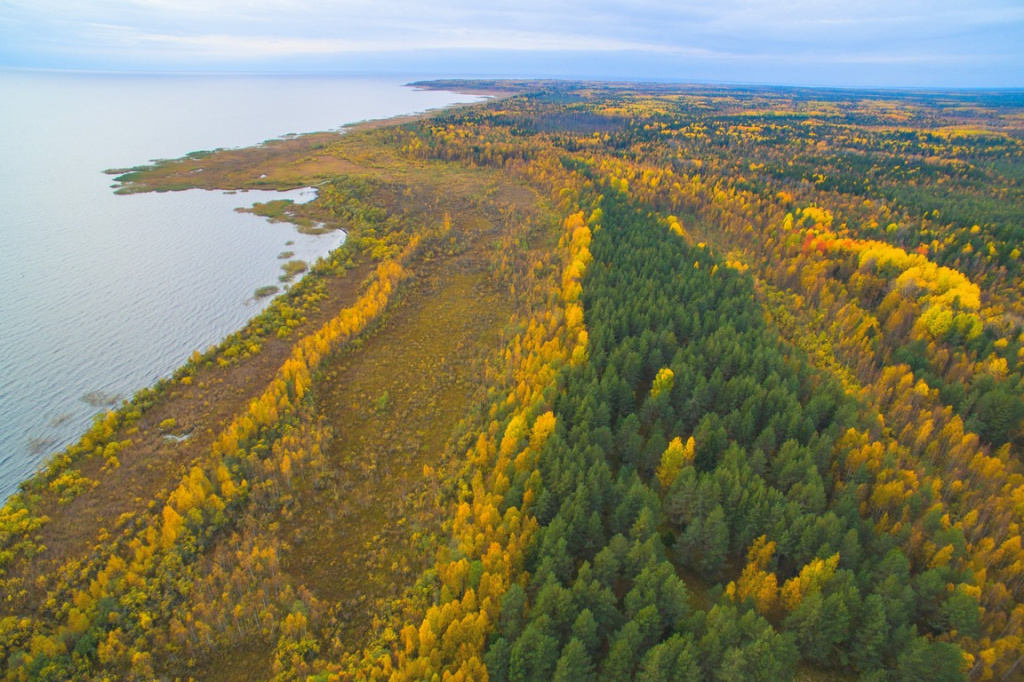
If you think that you need to go far - to the uninhabited islands - for birdwatching, we want to make you happy because you can do this much closer - in the Leningrad Region, at the Nizhne-Svirsky Nature Reserve, just 280 km from St. Petersburg.
244 bird species can be watched at this wildlife sanctuary! Many of them are in the Red Book: white-tailed eagle, osprey, Central Russian ptarmigan, black-tailed godwit, great gray owl. This pearl of the southern Lake Ladoga area is an attraction for all the lovers of this kind of tourism popular now, and one of the best places for birdwatching in Russia.
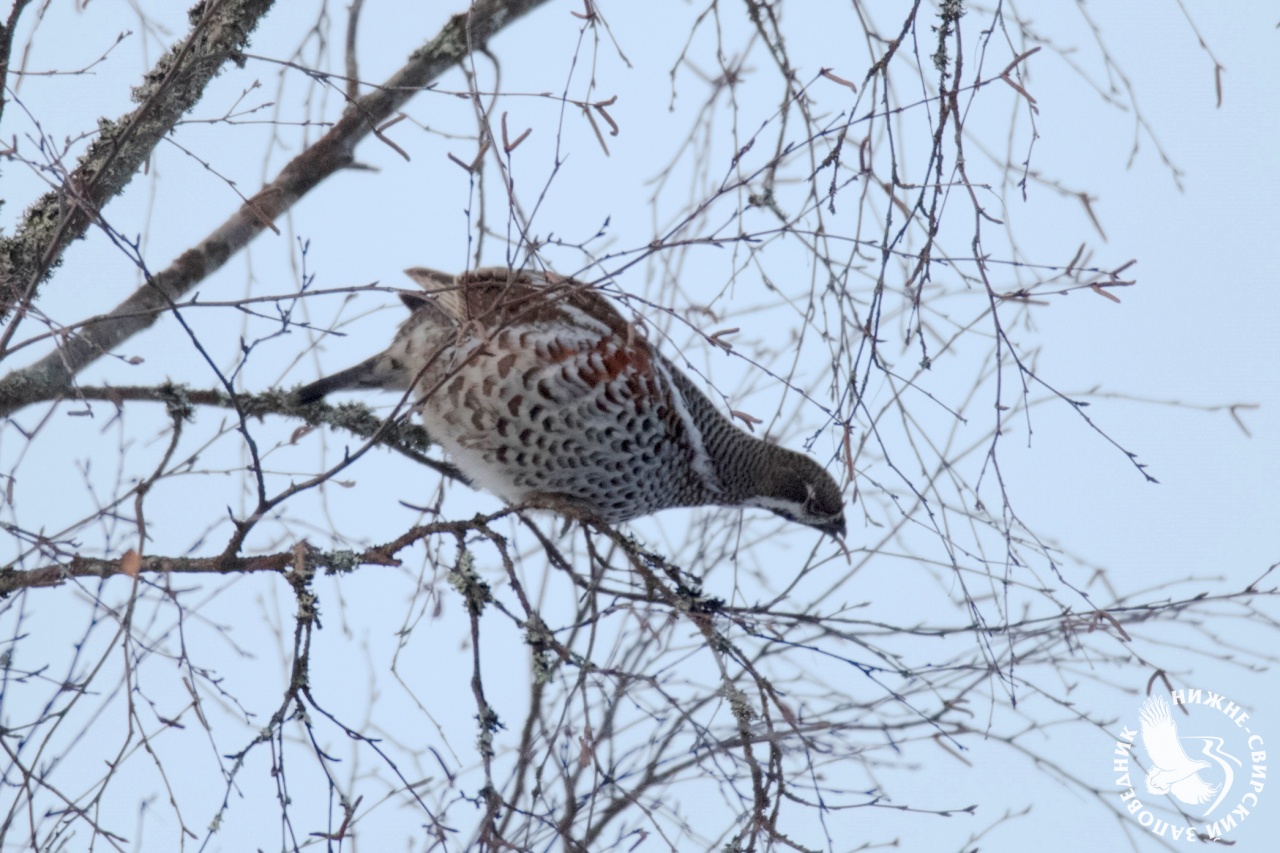
Ornithologist Maxim Antipin, Director of the Nizhne-Svirsky Nature Reserve, is fond of taking pictures of the wildlife and shows bird’s eye views he takes using drones. With great pleasure, he tells about the peculiarities of birdwatching and the lifehacks and keys to successful photographing.
- The Nizhne-Svirsky Nature Reserve is not well known among wildlife travellers. The nature of this region suffered greatly during WW2 - and later, it suffered from natural disasters and numerous fires, most of which were caused by people. The forest was also cut down for economic needs. The uncontrolled visits of tourists, fishermen, as well as mushroom and berry pickers also negatively influenced the flora and fauna of these places. How are things now?
- Today, the Nizhne-Svirsky Nature Reserve is a kingdom of pine forests, swamps, blueberries and cranberries, picturesque cold rivers and lakes, and hundreds of species of migratory birds. The main waterways are Lake Ladoga and the Svir River, along which the birds have been migrating for centuries. The Reserve was created in 1980 to observe and study them. Its wetlands of global importance - the Svir River delta and the Mshinskoe bog - are included in the international network of the protected areas “Emerald Network of Europe” and are protected by the Ramsar Convention (full name: The Convention on Wetlands of International Importance, especially as Waterfowl Habitat).
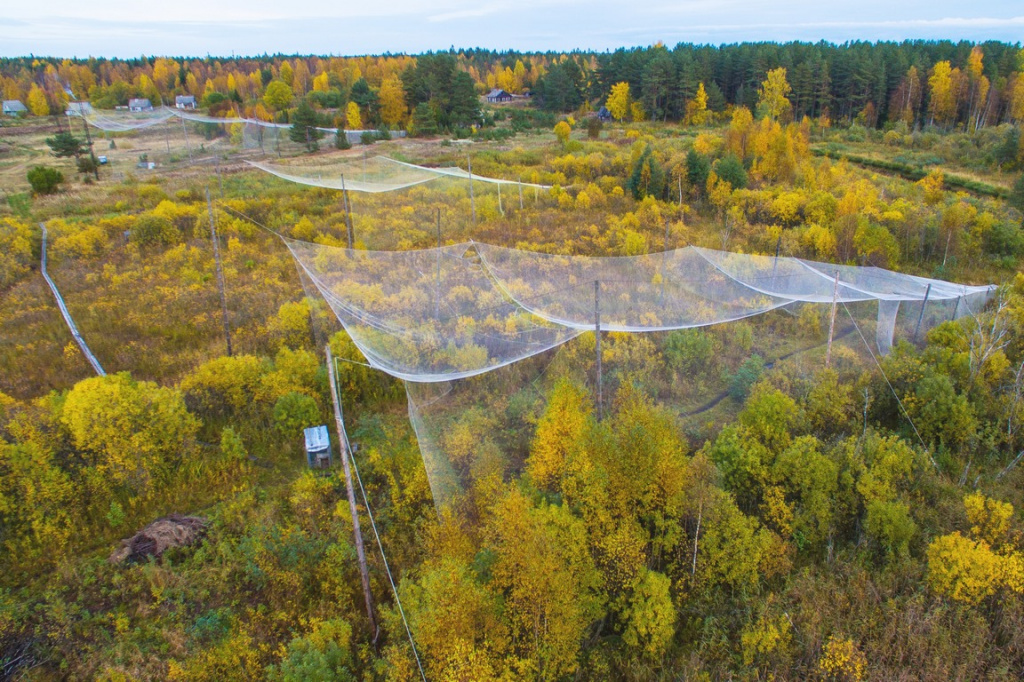
The protected area covers about 42 thousand hectares, and 5 thousand of them are occupied by the coastal water area of Lake Ladoga. This is shallow water where valuable fish species breed attracting a lot of birds of prey, osprey, white-tailed eagle. Around the Svirsk Bay, there is a great biological diversity, life flourishes here. And twice a year, flocks of ducks, geese, swans turn the sky over Lake Ladoga into a kind of “busy traffic road”. The migration period is the best time to study and watch various types of birds.
- How are birds counted?
- We have the Ladoga Ornithological Station (LOS), one of the largest in Europe. For more than 50 seasons, it has been studying bird migration and ringing the birds’ legs. Ringing is the most effective way of tracing bird movement and providing information about bird’s age and number, but first, the “object of study” must be caught and it should be done the most humane way.
The birds are attracted by recorded migratory cries. The nets, into which up to 25,000 birds are caught annually, are like a fishing net and consist of three sections connected by passages. The first is the widest and highest one, migratory birds are caught in it like into a funnel. Each of the following sections is narrower, and at the very end, there is a netlike box - the so-called receiver, where it is quite easy to take the birds by hands. During a massive migration, several dozen of them are caught into such boxes in a matter of hours.
The next day, all birds are ringed.
- What is the purpose of the Ornithological Station? About a million birds have been ringed at the LOS over the past years - why is the data collected?
- While studying the migration routes of birds and their numbers during their migration, the scientists can draw conclusions about the state of the environment. If its condition worsens, birds will be the first to react - their numbers will decrease, they will begin to choose other routes.
From other regions of Russia - even from the tundra - the birds transfer hundreds of species of other organisms, for example, the plant seeds and insects, including ticks and protozoa, and the birds also participate in maintaining the balance of the ecosystems. This phenomenon was previously underestimated. Studying it, the scientists can prove that there are no occasional links in natural foodchains. For example, bean geese do not inhabit these forests and swamps all the time, but even coming here for a short while, they effect on many factors, including the number of plants and insects, and the water composition. This is a rare species of geese, the largest one for our fauna, and the weight of females reaches 4 kg, and males can weigh 5 kg.
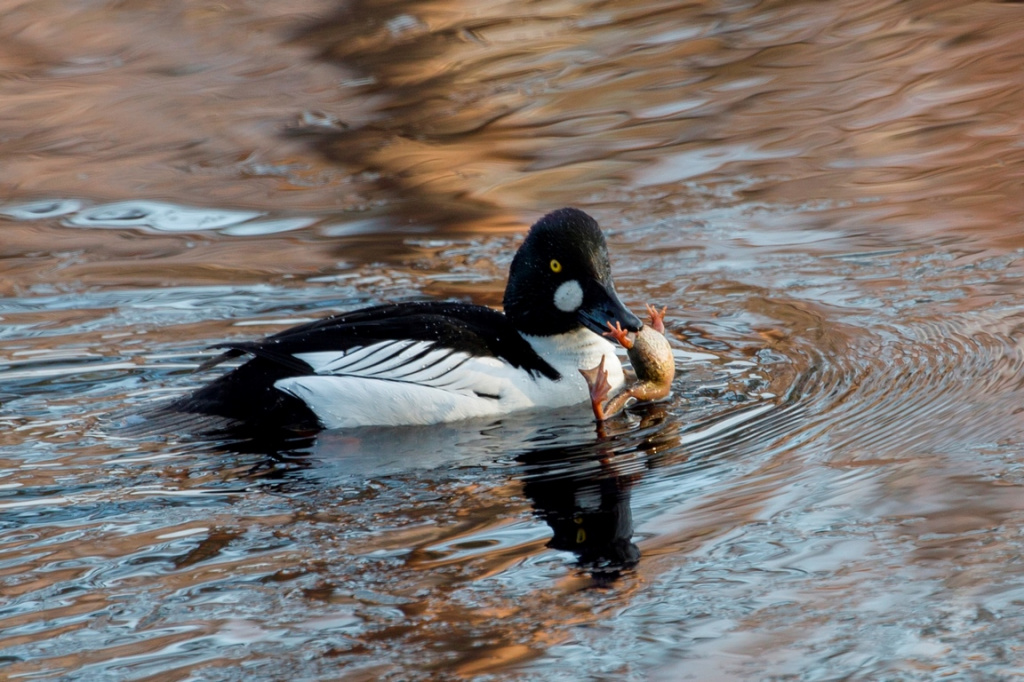
Even the smallest bird is comparable to a large mammal in its effect on the ecosystem. Birds are those creatures that arose on the Earth to have a very strong effect on the overall balance, being small in their size. For example, one crossbill eats and distributes as many seeds as one huge spruce produces during a year.
Recently, birdwatching - educational and, I would even say, scientific type of tourism - has begun to develop at the Reserve.
- What will the ecotourists see for sure when they come to you for the first time?
- Since the Ladoga Ornithological Station catches birds, each volunteer or tourist visiting the Reserve can see a very large number of their species just very close, they can be within arm’s reach.
The Svirsk Bay and its environs are one of the most important places where waterfowl and semiaquatic birds stop in the North-West region during their spring, summer and autumn migrations. For example, during the spring migration, the total number of wild geese here reaches 150,000, various duck species - about 600,000. The birdwatchers can see 44 birds rare for the region, many of them are nesting. The Ladoga Ornithological Station has been operating for more than half a century.
The birdwatchers always enjoy a fascinating “movie”, and the first thing that catches their eye is the Red Book’s birds of prey flying in the sky, including the ospreys. There is a real expanse for them in the Reserve, they prefer to nest on old trees, feed exclusively on fish, which is abundant here - and at the same time, there are almost no people in the Reserve. For several decades, only the Reserve’s employees had access to it. So, the ospreys have settled here and have not left the Reserve for many years. The white-tailed eagle, which is even more common here, is a real symbol of the specially protected nature area. This is the largest bird of prey in the region, but it also prefers to feed on fish despite its impressive size. Now, thanks to the ecotourism development, the creation of ecological paths that take into account the interests of visitors and at the same time do not despoil the environment, one can see all these beautiful creatures.
Walking along the eco-trails you can be almost 100% sure to see a hovering white-tailed eagle or an osprey fishing on the Ladoga coast. When the ospreys feed their hungry hatchlings, the hunting male and female birds very often hover over the water area alternately and it’s easy to make a picture of them. You can even photograph the fascinating moments of the osprey pouncing on the fish, usually small salmon, and then flying to the nest with its prey in its claws. These are very unique and very rare shots for photographers - it would seem that there should be a lot of such pictures because the ospreys are actively fishing all year round. But when I, for example, was lucky to take a picture of the osprey hunting for breams - how it pulled the fish out of the water - I was surprised to receive a lot of enthusiastic reviews and comments.
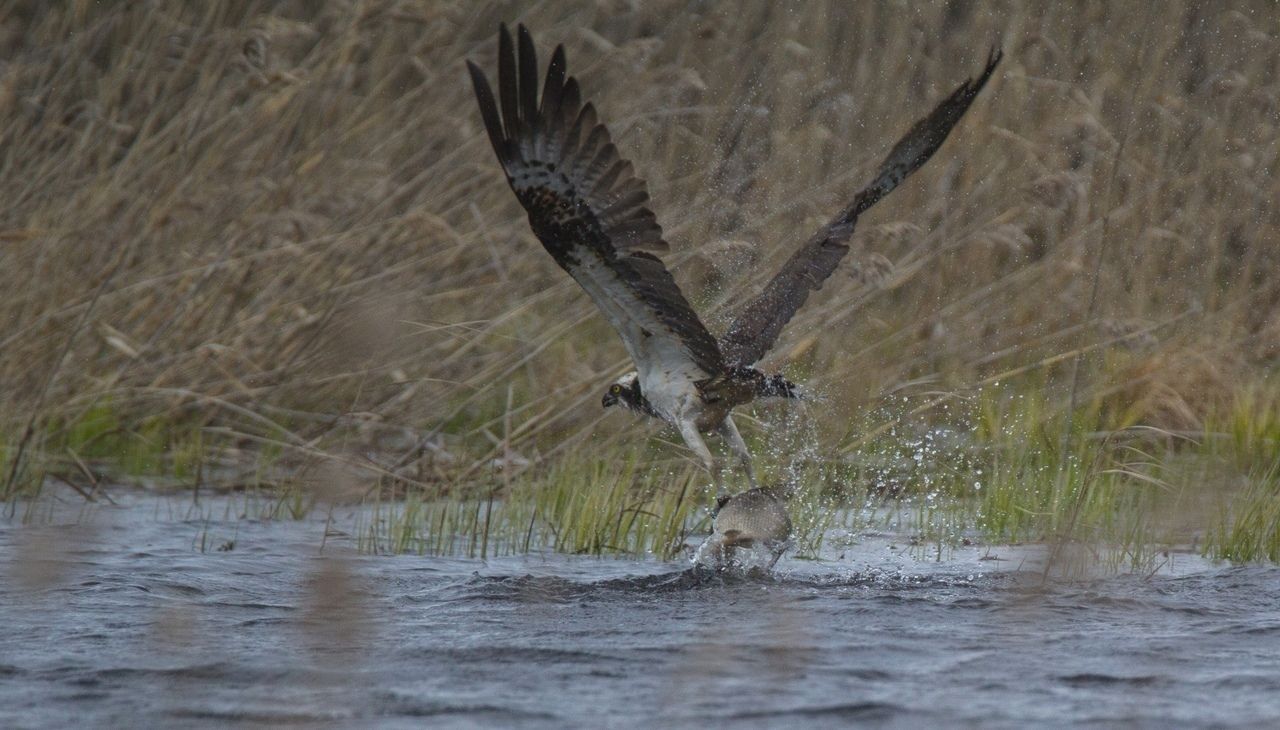
It seemed to me that there should be a lot of such pictures, but every photographer needs luck, and should have a good reaction to make them as the moment of hunting is swift and sometimes elusive. However, almost all the groups I have guided lately have seen these impressive raptors. And although the symbol of the Nizhne-Svirsky State Reserve is the Red Book’s ‘fish-lover’, the white-tailed eagle, nevertheless, it is far behind the ospreys in agility. If to think about the sudden depletion of fish resources in the local waters, then, the ospreys will be the first victims. Indeed, these birds of prey, unlike the white-tailed eagles, cannot switch to other food objects. Being at the top of the foodchain, the ospreys are an indicator of the aquatic and coastal ecosystems’ well-being. If the ospreys nest on the coast, it means there are fish species in the water body, and there are old-growth trees in the coastal woods where the ospreys make their nests, everything is OK.
- How difficult is it to make shots of birds? Are there any elusive species? Is it better to take pictures of them from any cover or use an automated camera to take good pictures of the birds at a distance?
- Taking pictures of owls is the most difficult thing because at night, you cannot see them, and it is very difficult to find them during the day when they have rest. Nowadays, there are a lot of various devices and equipment for remote photographing. But everything depends not only and not so much on the technology you use but on the observation skills of a birdwatcher. Very often, wandering through the forest, we can walk 3 metres from a sitting owl without noticing it. For effective photography for a particular species, it is advisable to study the bird’s habitat, features and habits, then it will be easier to find even the most elusive ones. The photographer’s patience and attention are the keys to success.
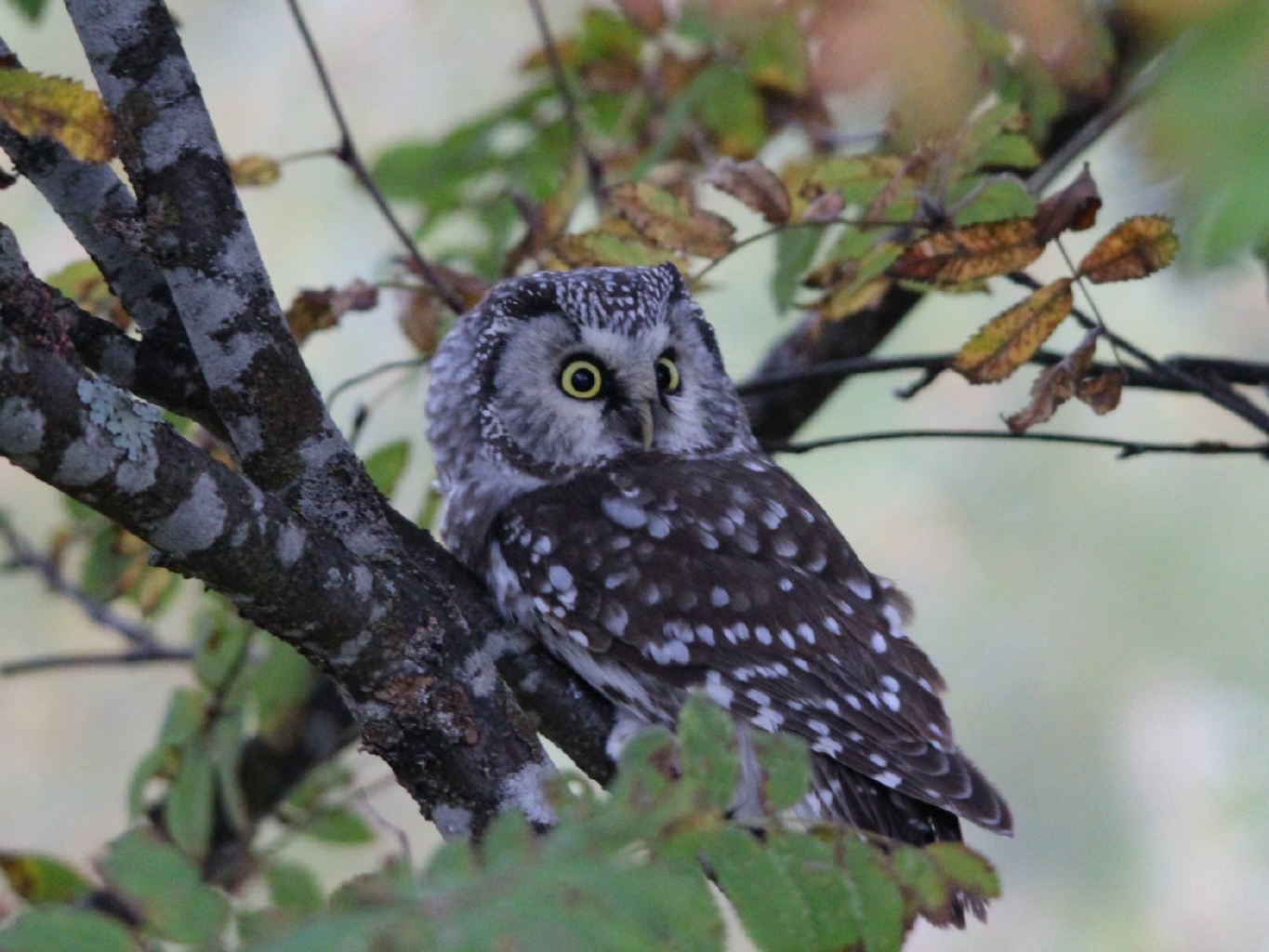
- Which of the mammals are the most interesting ones?
- Freshwater Ladoga seals are of interest (a subspecies of the ringed seal), which appeared quite recently, about 9 thousand years ago, as a result of the separation of Lake Ladoga from the World Ocean. The seals can be watched in March and April when these freshwater mammals appear on the spring ice in the seal rookery. They are darker due to a change in diet after desalination of the water body; according to last estimates, the Ladoga subspecies makes about 6 thousand seals. There are only three such areas in the world: Lake Baikal, the Great Canadian Lakes and our Lake Ladoga, and the respective subspecies have been formed in these three lakes.

Beavers are the main landscape ‘designers’ in the Reserve. They build dams that cause floods in the areas changing the entire ecosystems. These large rodents rank second - after the humans - in changing the environment. Their activities even helped recreate the ‘Jurassic Park’ - beautiful blocks of trees are buried in wildly growing ferns, everything is very impressive. The ostrich ferns (Matteúccia struthiópteris) are rightfully considered the most spectacular plants in the Nizhne-Svirsky Reserve with their large palm branches called fronds; the ferns can be two metres high. Against such a picturesque background, you can quite calmly take a picture of a beaver building a dam; such a picture can become the pride of a wildlife photography enthusiast.
- What new offers do you have to attract the visitors this season?
- We are launching a project with the riverboats to travel by water along the Svir River within the borders of the Reserve. We have a very large waterway that connects Lakes Onega and Ladoga, and if you book a cruise on a motor ship you can admire the stunning beauty of the Reserve from a 20-metre distance, while visiting the two largest lakes in Europe.
In August 2020, the wooden walkway for the ecological trail in the Gumbaritsy district was replaced. The work was carried out by the Reserve personnel together with the volunteers from the “Novaya Zemlya” (New Land) environmental student group (St. Petersburg). 150 metres of wooden walkway was laid on a difficult-to-pass swampy area along the bank of the Gumbarka River in the forest.
The Reserve’s personnel and guests can easily go on the new wooden walkway to the bank of Lake Ladoga to watch waterfowl and rare birds of prey - the white-tailed eagles and the ospreys. Beavers and muskrats can also be watched from the ecological trail.
The wooden walkway is long enough so that a group of birdwatchers could comfortably observe the mass migrations of birds. During the seasonal migrations, numerous flocks of birds fly over the trail: chaffinches, finches, siskins, goldfinches, crows, ravens, jay birds, wagtails, titlarks, blackbirds, wood pigeons, buzzards, honey buzzards, sparrowhawks. The wooden walkways are located so that the visitors can see the migration of leaf warblers, wrens, kinglets, and tits moving hardly visible in the dense coastal vegetation.
The development of the infrastructure for receiving visitors is one of the current priorities in the work of the specially protected natural areas. The development programme in the Nizhne-Svirsky Reserve includes renovating the ecological paths, improving the information support along the excursion routes, and providing higher accommodation comfort. All the work is carried out observing the environmental friendliness principles and “green technologies” are used.
- How is the reception service arranged, where can the tourists accommodate and how to walk through the fabulous woods?
- In the Reserve and near it, there are two main points - a Visit Centre in the Kovkenitsy village where two hiking trails begin, and a Guest House in the Gumbaritsy district. An ecological route leads to the house from the village of Gorki, which includes two eco-trails and several points where the visitors can enjoy the beauty of the area.
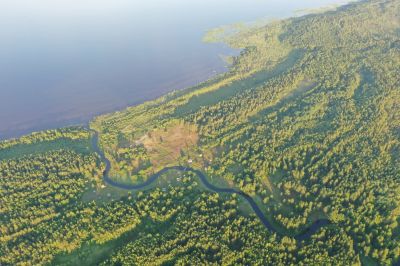
The guest complex in the Kovkenitsy village, at the very beginning of the route, is a very quiet and comfortable place to stay. Wooden one-storey houses, a canteen and a bathhouse were built a long time ago, everything is very simple here, no frills, but very budget-friendly and close to the protected area. Here you can also go birdwatching - the birds are not afraid of people and this area does not belong to the Reserve.
Large groups often come to the Reserve, including schoolchildren who are keen on biology and regularly invited to summer camps.
Sometimes, you can see bears along the route, they feel calm, they just reluctantly walk away realizing that neither the guests nor the staff of the Reserve can do them any harm as the people are busy doing their work. I would like to remind you that hiking without being escorted by inspectors is prohibited. Our visitors are always escorted by our guides in their cycling and car riding tours, and the tourists use the transport provided by the Reserve. We have very strict rules, the visitors can travel in the Reserve along certain routes only indicated in their “passes”, and accompanied by our inspectors. Tourism is allowed in just over 1 percent of the entire protected area.
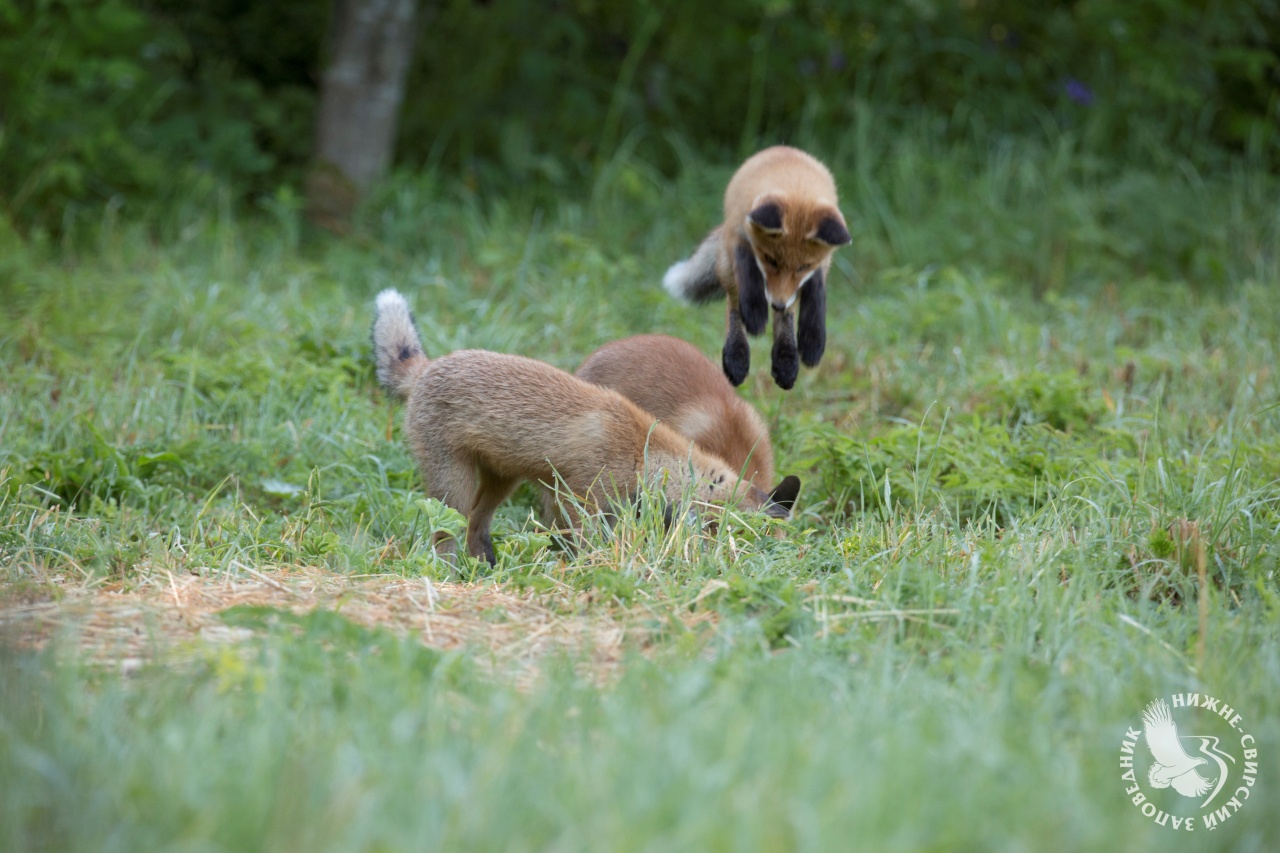
- Probably, the easiest way to enjoy the wild nature and take a lot of pictures of the birds is to become a volunteer?
- It’s time to hurry up to join them - this year, the 54th season of the Ladoga Ornithological Station will be open from May to the end of October! Volunteers usually stay here minimum for 10 days, and during this period, the beginners get all the necessary skills. A lot of people want to take part in birdbanding, and it’s very simple. To participate in the selection of the volunteers, the candidates must read the requirements for volunteers and the basic information in the “Information for Volunteers” section on our website and fully agree to the requirements. Then an online form should be filled-in and the real dates should be indicated when they can arrive. While waiting for the application to be considered (maximum within 1 month), they can start packing their things and get ready for their main ornithological adventure of the year!
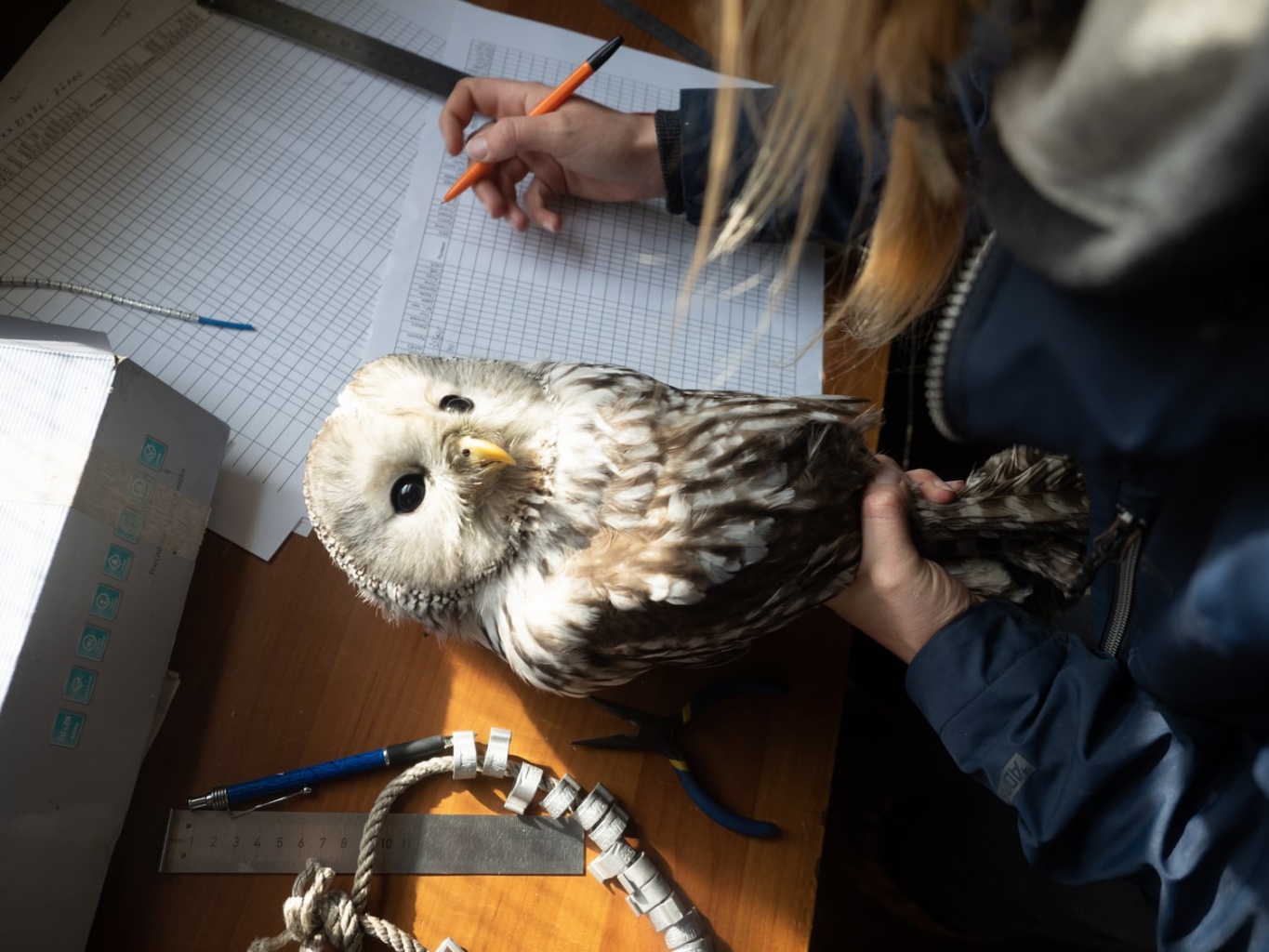
- What do the volunteers do at the LOS?
- They assist our employees in catching and ringing the birds and observing the bird migration. However, the ringing process is carried out by the LOS staff only not to accidentally harm the birds. The volunteers also help maintain the stable operation of the Station, for example, they sew traps for birds, repair these traps and the buildings at the LOS, clean up and even cook when necessary.
This year, the Nizhne-Svirsky Nature Reserve received a group of volunteers in winter for the first time: brave “frost-resistant” boys and girls from the “Juniper” environmental student group came to the Reserve on January 30th.
The winter visit of the environmental student group lasted almost a week - a suitable time to help the Reserve and not to get fed up with the life in the woods. The students did the routine work at the Reserve, assisted in conducting the route census and helped in the work of the environmental education department. Living and working in the field in winter is a real challenge for those who are not used to this life style. But everything went well: they helped us a lot and found time to take many beautiful pictures.
- Sometimes, they say that the surrounding expanse is a holy land here, as they say, ‘prayed-in’ for a long time...
- The Nizhne-Svirsky Reserve has always attracted people with its amazing beauty and, indeed, you can feel a special attraction of these places. Perhaps, its secret is that the Reserve is surrounded by the Alexander-Svirsky Monastery as well as the Vvedeno-Oyatskiy Convent and the Intercession Convent in Tervenichi. Long ago, the hermit monk Alexander Svirsky came to these woods and founded a monastery here that ranks second in the region after the Valaam Monastery in terms of its size and importance. For more than a century, the stillness and reclusiveness of these woods have inspired pilgrims to pray. Someone comes here to see a real miracle with their own eyes - the incorruptible relics of the Wonder-worker, and some people come to get the feeling of freedom and grace that these beauties inspire. The mirror-like surface of the water, the majestic walls of the Monastery, the quiet dark mighty forest - those who come don’t want to part with this beauty. Even the air is special here - thick and fragrant, that is why many people come for several days but stay here for the rest of their lives.
